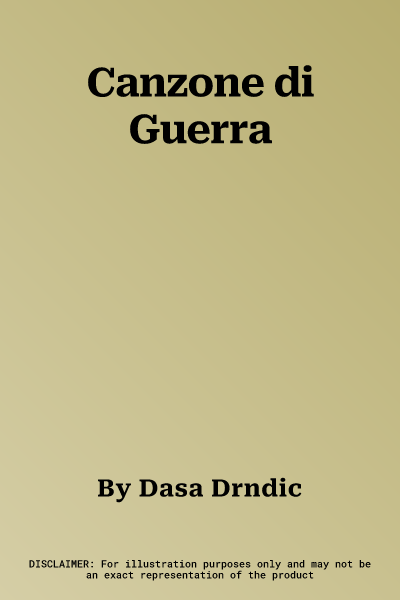In typical Drndic style, the reader is offered a view of the past and
the present through a collage of different genres - from (pseudo)
autobiography to documentary material and culinary recipes as the
narrative explores different perspectives on the issue of emigration,
the unresolved history of the Second World War, while emphasising the
absurdity of politics of differences between neighbouring nations.
Tea Radan, the narrator of the novel Canzone di Guerra, reflects on her
own past and in doing so, composes a forgotten mosaic of historical
events that she wants to first tear apart and then reassemble with all
the missing fragments. In front of the readers eyes, a collage of
different genres takes place - from (pseudo) autobiography to
documentary material and culinary recipes. With them, the author Dasa
Drndic skillfully explores different perspectives on the issue of
emigration and the unresolved history of the Second World War, while
emphasizing the absurdity of politics of differences between neighboring
nations. The narrator subtly weaves the torturous story of searching for
her own identity with a relaxed, sometimes disguised ironic style, which
takes the reader surprisingly easily into the world of persecution and
the sense of alienation between herself and others.

